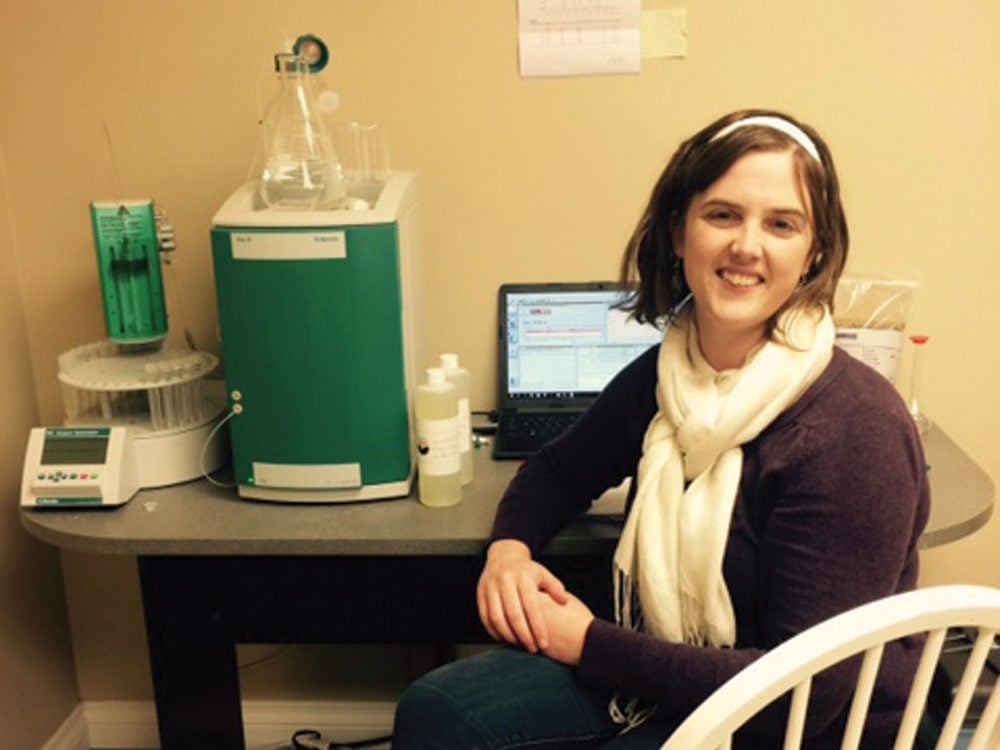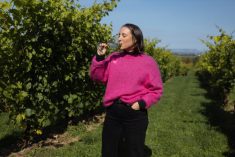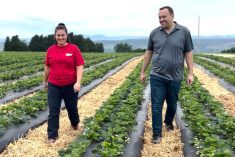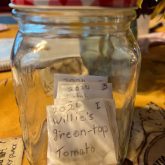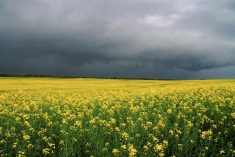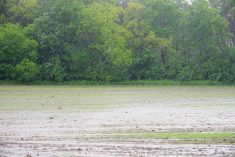A new, independent lab is offering an innovative nutrient test to farmers in Red Deer, Alta.
Future Analytics Inc. offers “plant sap” testing, which measures the xylem sap in plant leaves as an indicator of nutrient availability, as well as water, soil and bacteria testing, says owner Melissa Werkema.
The lab, which opened in spring 2019, is Werkema’s 10-year dream. She has worked in food testing in Burnaby, B.C. and in plant analysis at the Weizmann Science Institute in Rehovot, Israel.
It was in Israel where Werkema became aware of plant sap testing. “Science is done so differently. I was excited to apply those lessons here,” she says.
Read Also
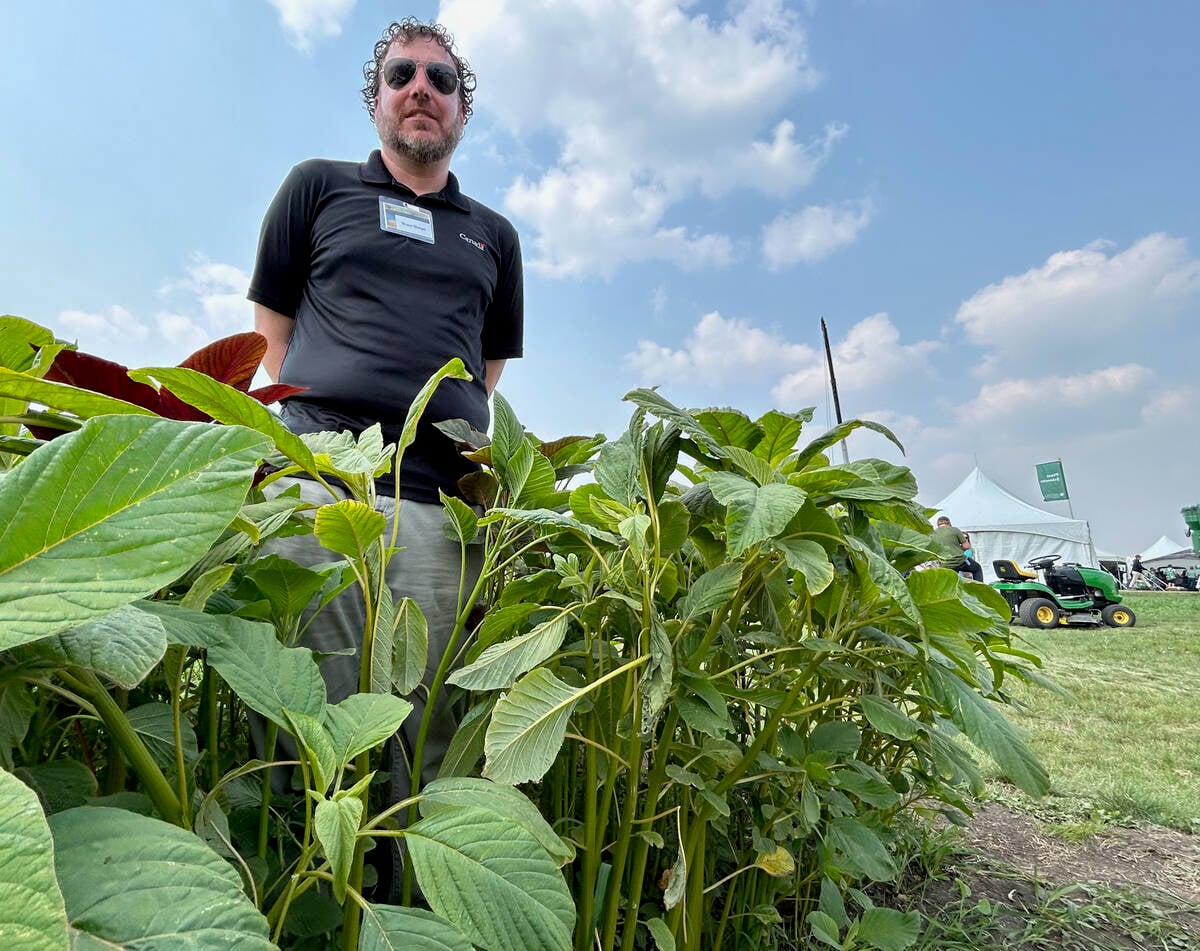
Glufosinate-resistant waterhemp appears in U.S. Midwest
News of glufosinate-resistant kochia in the U.S. is concerning as farmers are losing options to control waterhemp, also of the pigweed family.
The differences, she says, include methods of plant extraction and how results are displayed. For example, plant sap reports offer producers bar graphs showing whether nutrient levels are low or high.
“Right now, labs typically give data to the farmers, and I continuously hear from farmers that some of them don’t know what to do with those numbers,” she says. “The plant sap test shows whether it’s low, on-target or high, so they can look at the report and know what adjustments need to be made.”
The lab will meet a growing need for local testing services, says Werkema. No other local labs offer plant sap testing, which to date has mostly been utilized in horticulture and greenhouses in Western Canada, forcing producers to send samples to Ontario or as far away as the Netherlends.
Water nutrition sampling is also needed locally, she says. She decided to add water testing to Future Analytics’ suite of services after learning that greenhouses in southern Alberta send weekly water samples to Ontario.
“This is what drove me to start the lab, as I believe farmers should have a local, reputable independent lab they can trust and have a one-on-one conversation if need be,” she says.
How does it work?
The idea behind plant sap testing is to compare the xylem sap from the “old leaf” and the “new leaf” of any crop, Werkema explains. “This test replaces traditional tissue analysis and can be considered a kind of ‘blood test’ for plants.”
Plant sap samples are not dried — as they are in traditional tissue testing — so the plant’s current nutrient deficiencies can be detected immediately. “A tissue test measures the total amount of nutrients that the plant has taken up, whereas the plant sap test measures the nutrients that are currently available in the plant,” she says.
Werkema has worked with potato and corn farmers in Taber, Alta, she says, who used the test to confirm nutrient deficiencies they could see in plants that were not detected with standard tissue tests.
“I did a sap test and it showed deficiencies in micronutrients, such as copper, iron and boron, and those were coming out fine from the tissue test,” says Werkema.
A major benefit of plant sap testing is the turnaround: Werkema says she can typically have results within hours.

Tests in the field
Curt Walker is an independent crop consultant in Three Hills, Alta. He says he’d worked with plant sap testing in the past, but samples had to be sent to the Netherlends, which could mean significant delays.
After Werkema reached out to him last year, Walker opted to use sap testing in a local fertility testing trial. The trials involved soil testing to reveal nutrient levels in the soil pre-plant: if phosphorous levels appeared to be high in soil tests, Walker would run strips treated with phosphorous and untreated, and use a plant sap test on the crop to confirm nutritional needs were being met by the soil.
“I was concerned with nutrient tie-up. If we didn’t add phosphorous, I wanted to ensure the uptake was okay. We didn’t want to shortchange the crop in the growing season,” says Walker. “Visually the crop looked good. You couldn’t really tell differences in the treatments, so we used the sap test to confirm the plants were doing well.”
The cost of plant sap testing should be similar to tissue testing — in the range of $40 per test for young leaves and the same for old leaves, for a total of roughly $80 — which should be “a fraction of the overall fertilizer cost, at about $.50/acre on a 160 acre field,” says Walker. The value of the test for producers will likely come down to diagnosing problem fields or detecting micronutrient deficiencies.
“It’s another source of information,” he says.
Werkema says she’s proud to test for local farmers. “They deserve a good local lab where they can come in and meet me and see how their samples are run,” she says. GN


